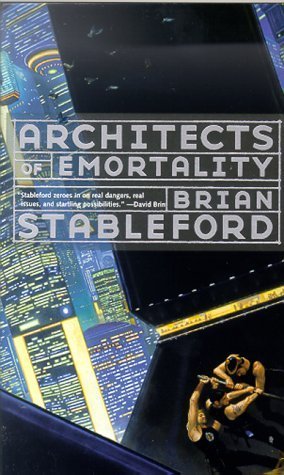What do you think?
Rate this book


356 pages, Paperback
First published January 1, 1999
“I saw it,” Charlotte said wearily. “Was there something significant I should have taken note of?” She knew that she ought not to end sentences with prepositions, but thought that the stress of the situation made the infelicity forgivable.